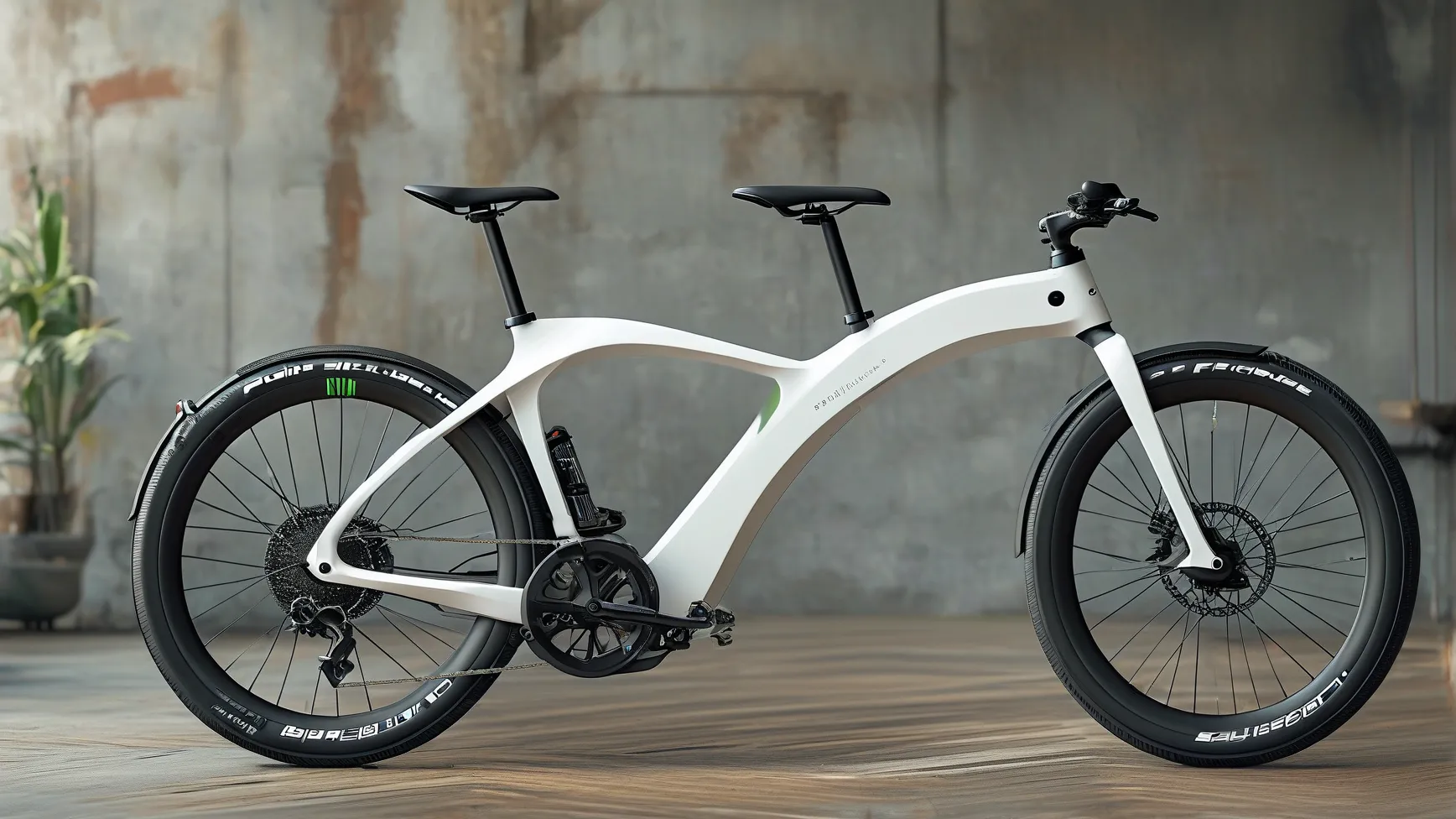As urban populations swell and traffic congestion worsens, commuters worldwide are reevaluating their transportation choices. The global push bicycle market is projected to grow at a 6.8% CAGR through 2025 (Grand View Research), driven largely by innovations addressing two critical pain points: cumbersome traditional bikes and inefficient last-mile connectivity. This analysis explores how lightweight engineering and space-efficient designs are transforming urban mobility while meeting evolving consumer demands.
The Weight Revolution in Urban Cycling
Modern commuters prioritize bikes weighing under 12kg – a 23% reduction from standard models a decade ago (Bike Europe Market Report). Manufacturers achieve this through:
– Advanced Material Adoption: Carbon fiber frames now comprise 38% of premium commuter bikes vs. 15% in 2020 (Statista)
– Modular Component Systems: Shimano’s latest groupsets reduce drivetrain weight by 400g while improving durability
– Smart Weight Distribution: Trek’s FX+ model demonstrates how balanced frame geometry enhances portability without sacrificing stability
These innovations directly address commuter frustrations with carrying bikes up stairs or onto public transport – a key factor in 61% of urban cycling dropouts (Urban Mobility Institute Survey).
Compact Design Breakthroughs Reshaping Cities
Space-efficient bicycles now account for 42% of European urban bike sales, up from 28% pre-pandemic (CONEBI). Leading developments include:
– Vertical Storage Solutions: Brompton’s new P-Line folds to 585mm height, occupying 60% less space than standard folders
– Convertible Frame Systems: Tern’s Quick Haul integrates child seat anchors without compromising foldability
– Micro-Mobility Hybrids: Swytch’s universal e-bike conversion kit enables compact electric assist for existing bicycles
These designs prove particularly crucial in Asia-Pacific markets where average apartment sizes decreased 12% since 2015 (JLL Urban Observatory), driving a 140% surge in folding bike demand across Tokyo and Seoul.
Performance Meets Practicality: The New Commuter Calculus
Recent consumer surveys reveal shifting priorities:
1. Multi-Modal Compatibility (87% prioritize)
2. Apartment-Friendly Dimensions (79%)
3. Sub-13kg Lift Weight (72%)
4. Integrated Security Features (68%)
Brands like Cannondale respond with innovations like the Quick CX’s integrated wheel locks and GPS tracking compatibility. Meanwhile, Specialized’s Turbo Vado SL proves lightweight e-bikes can maintain 90km ranges despite weighing just 15kg.
Sustainability Driving Commercial Adoption
Corporate fleets increasingly adopt compact bicycles for last-mile logistics:
– DHL’s “Cubicycle” program reduced delivery van usage by 40% in Amsterdam pilot projects
– Uber Eats reports 22% faster delivery times with e-cargo bikes vs. scooters in London zones
– USPS trials show folding bikes increase postal worker productivity by 17% in high-density urban routes
This commercial demand pushes manufacturers to develop heavy-duty variants – exemplified by Riese & Müller’s Load4 series supporting 200kg payloads despite a sub-30kg frame weight.
Challenges and Future Outlook
While the market grows, infrastructure gaps persist:
– Only 34% of global metro systems offer adequate bike storage (UITP)
– Insurance costs remain 22% higher for folding vs standard bikes (UK Cycling Safety Report)
However, emerging technologies promise solutions:
– AI-powered parking systems like Bikeep’s solar-powered racks optimize space utilization
– Graphene-enhanced composites could enable sub-10kg frames by 2026 (MIT Materials Lab)
– Municipal initiatives like Paris’ Vélopolitain plan aim to triple secure parking spots by 2025
As cities evolve, the push bicycle market’s success will hinge on continuous collaboration between urban planners, manufacturers, and community stakeholders – ensuring lightweight innovations translate to truly effortless commuting experiences.




Leave a Reply